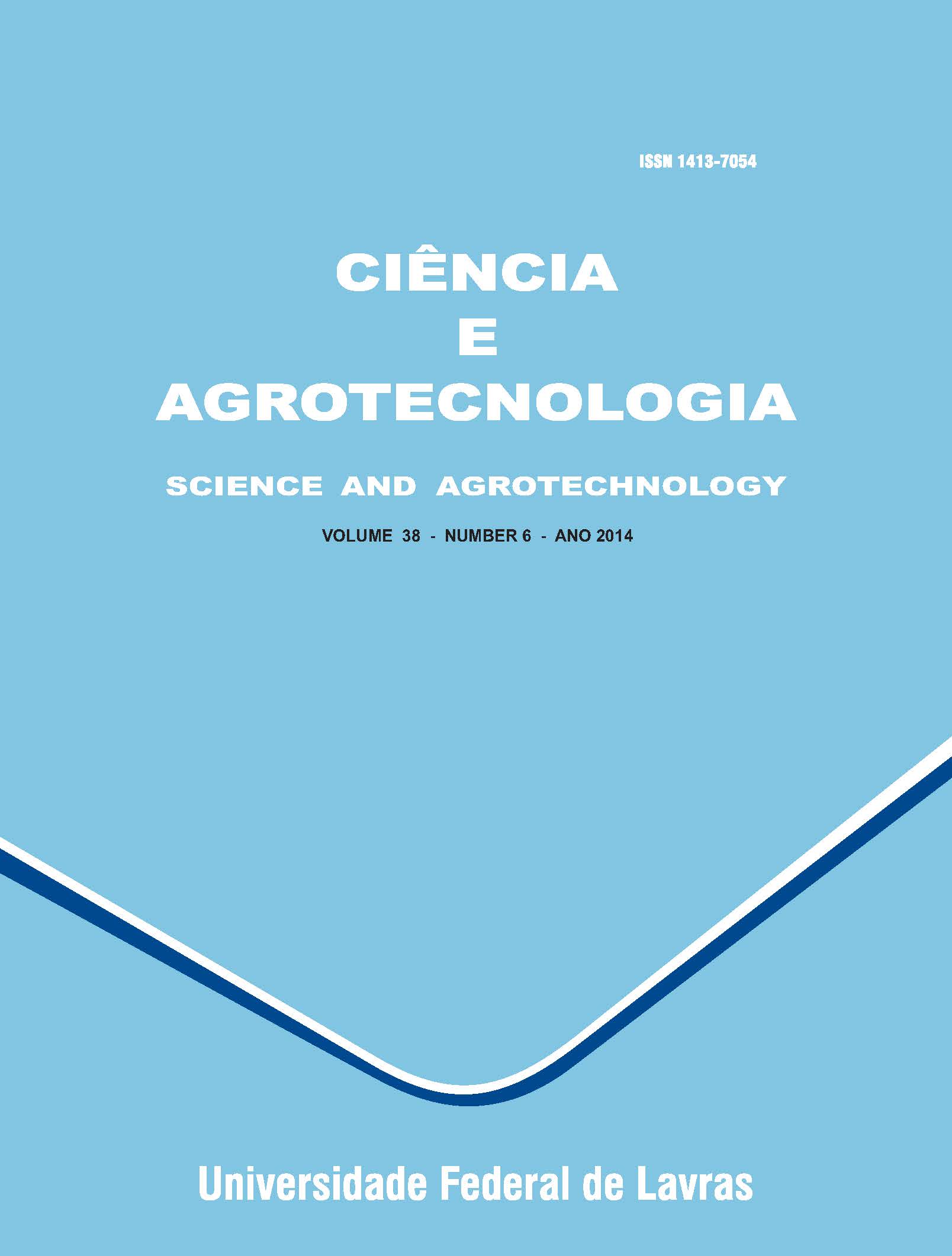Abstract
OLIVETTI, Diogo et al. SPATIAL AND TEMPORAL MODELING OF WATER EROSION IN DYSTROPHIC RED LATOSOL (OXISOL) USED FOR FARMING AND CATTLE RAISING ACTIVITIES IN A SUB-BASIN IN THE SOUTH OF MINAS GERAIS. Ciênc. agrotec. [online]. 2015, vol.39, n.1, pp. 58-67. ISSN 1413-7054. http://dx.doi.org/10.1590/S1413-70542015000100007.
Water erosion is one of the most important soil degradation processes and it can be intensified by land use and vegetal covering changes. Thus, water erosion modeling studies associated to multi temporal analyses of land use are effective in assessing how changes in land cover affects sediment yield. Therefore, considering the modifications in the land use from 1986 to 2011, the aim of this study ranged to estimate water erosion rates and compare them to the soil loss tolerance (SLT) limit in the Latosols (Oxisols) at Ribeirão Caçús sub-basin, in the South of Minas Gerais State, Southeast Brazil, by means of the Revised Universal Soil Loss Equation (RUSLE) in association with the geographic information system (GIS), and geostatistical techniques. So, for each year mapped, soil loss averages were compared by t test at 5% significance to assess the soil degradation stage. The results indicated that, in the period, the soil loss average rate was from 2.4 to 2.6 Mg ha-1 year-1 and the areas with soil loss above the limit of SLT were around 8.0%. The t test demonstrated there was no considerable difference among the soil loss averages (p = 0.18). In consequence, the area of degraded soils did not increase. Thus, the RUSLE model in GIS is a simple and useful tool to estimate the soil loss and help define soil conservation and recovery measures.
Palavras-chave : Land use changes; RUSLE; soil loss prediction; soil degradation.
Curtir isso:
Curtir Carregando...
